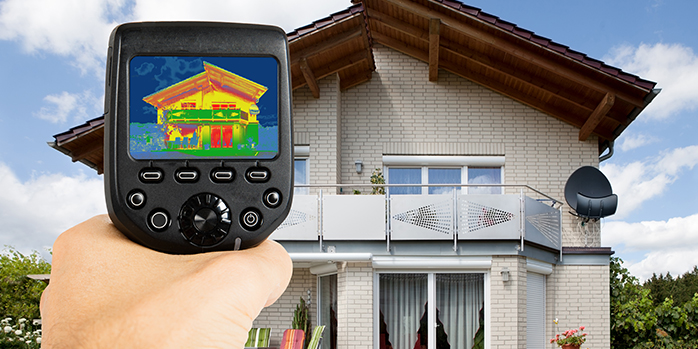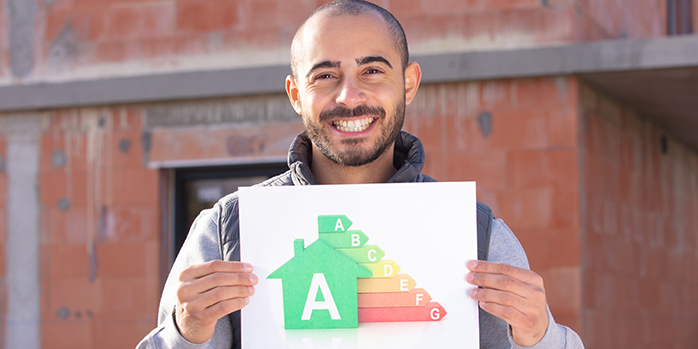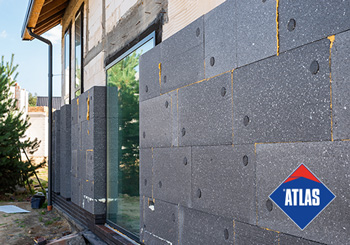Grants
Grants | Local Authority Delivery L.A.D (ENDED)
The LAD Schemes aims to raise the energy efficiency of low income and low energy performance homes. The focus is on properties with EPC ratings of D, E, F, and G.

What is LAD Scheme?
The purpose of this scheme is to raise the energy efficiency of residential homes. Phase 3 funding is out now with councils and will target low income and fuel poor households.
Find out if you're Eligible
You need to have an Energy Performance Certificate (EPC) rating of D, E, F, or G
Households eligible are those that have a combined annual income of £30,000 or less
Tenants will be eligible for up to £5000 worth of funding, with Landlords also contributing to costs


Get your LAD Scheme now!
£500 million funding is being allocated to local authorities through the Local Authority Delivery (LAD) scheme, to improve the energy efficiency of homes of low-income households, helping reduce fuel poverty, phasing out high carbon fossil fuel heating, and delivering progress towards the UK’s commitment to net zero by 2050.







